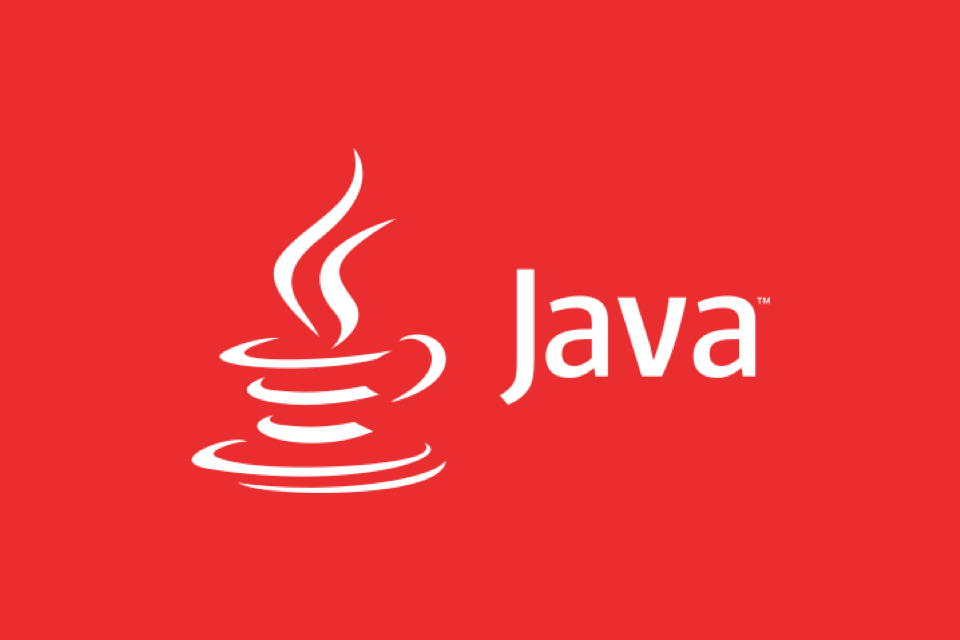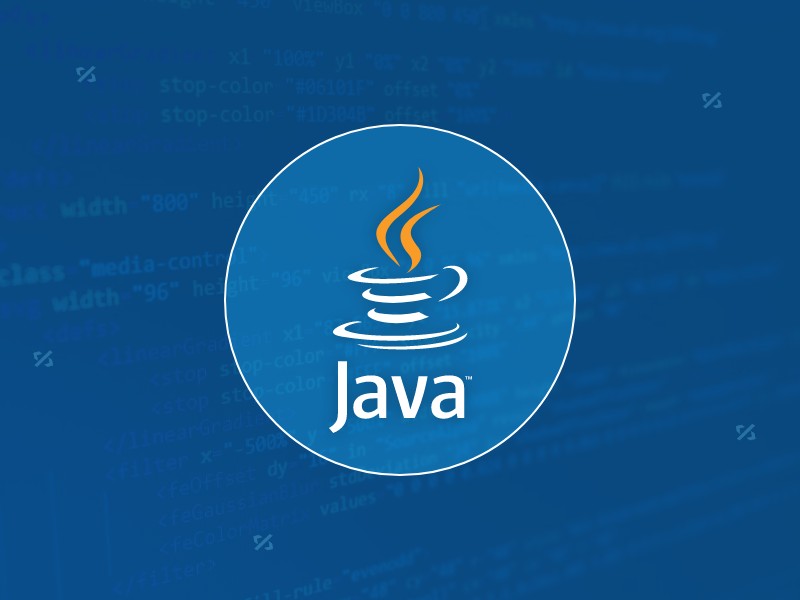Explain Dependency Injection in Java frameworks like Spring.
Jul 05, 2025 am 12:29 AMDependency injection (DI) is a design pattern that enables loose coupling of code by externally managing dependencies of objects. Its core lies in injecting object dependencies from the outside rather than creating them internally, thereby improving flexibility and maintainability. For example, in the UserService, pass into the UserRepository instance through the constructor, that is, the constructor injection. Spring framework supports multiple injection methods through IoC containers: 1. Constructor injection, suitable for forced dependencies; 2. Setter injection, suitable for optional dependencies; 3. Field injection (@Autowired), using annotations directly in fields. Advantages of DI include: decoupling, enhanced testability, flexible configuration, and easy maintenance. In practical applications, you need to pay attention to: avoid abuse of field injection, rationally select scopes, and deal with circular dependency problems. Mastering DI helps develop high-quality, easy-to-scaling Java applications.

Dependency Injection (DI) is a very common concept in Java frameworks, especially in frameworks like Spring. Simply put, it is a design pattern used to implement loosely coupled code structures, allowing dependencies between objects to be managed externally, rather than hard-coded inside the class.

For example, if you have a Service class that requires a Repository object, the traditional practice may be to directly new a Repository instance in the Service. But the problem with this is: if you want to change another implementation in the future, you have to change the code and recompile it; and it is not convenient to replace the mock object during testing. If DI is used, this Repository object will be "injected" by the framework or container at runtime, rather than created by itself.

What is dependency injection?
The core idea of ??dependency injection is: leave the object's dependencies to the outside to handle , rather than create or search by yourself. This makes the code more flexible and easier to maintain and test.
For example, suppose you have a UserService that needs to use UserRepository :

public class UserService {
private UserRepository userRepository;
public UserService(UserRepository userRepository) {
this.userRepository = userRepository;
}
public void doSomething() {
userRepository.save();
}
} Here, there is no new UserRepository inside UserService , but is passed in through the constructor. This is one way of dependency injection - constructor injection.
How does Spring use dependency injection?
The Spring framework has a powerful dependency injection mechanism built in. It manages the life cycle and dependencies of an object through an IoC container (control inversion container).
Spring supports several common injection methods:
- Constructor injection : Dependencies are passed through constructor methods
- Setter injection : Set dependencies through the setter method
- Field Injection (@Autowired) : Apply annotations directly on the field
for example:
@Service
public class UserService {
@Autowired
private UserRepository userRepository;
// ...
}Spring automatically scans these annotations at startup and injects the required objects into it. You don't need to manually new objects, everything is done by the framework for you.
Why use dependency injection? What are the benefits?
- Decoupling : Classes no longer care about the specific implementation of dependencies, but only care about interfaces.
- More testable : You can easily replace mock objects for unit testing.
- Flexible configuration : Replacing the implementation only requires changing the configuration, no code changes.
- Easy to maintain : When demand changes, the range of changes is small.
Let me give you a practical scenario: If you are using MySQL database now and then want to change to PostgreSQL, just change the implementation class of Repository, and you basically don't need to move other codes.
What should you pay attention to when using dependency injection?
Although dependency injection brings flexibility, there are some things to note:
- Don't abuse field injection (@Autowired is written directly on the field), it hides dependencies and is not conducive to understanding.
- Constructor injection is more suitable for forced dependencies (must have), and setter is more suitable for optional dependencies.
- Pay attention to the scope of beans (such as singleton, prototype) to avoid concurrency problems or memory leaks.
- Circular dependencies should be handled with caution. Although Spring can solve some of them, it is best to avoid them in terms of design.
Basically that's it. Dependency injection is not a profound thing, but it does make the code clearer and easier to scale. Mastering the use of DI is very helpful in developing high-quality Java applications.
The above is the detailed content of Explain Dependency Injection in Java frameworks like Spring.. For more information, please follow other related articles on the PHP Chinese website!

Hot AI Tools

Undress AI Tool
Undress images for free

Undresser.AI Undress
AI-powered app for creating realistic nude photos

AI Clothes Remover
Online AI tool for removing clothes from photos.

Clothoff.io
AI clothes remover

Video Face Swap
Swap faces in any video effortlessly with our completely free AI face swap tool!

Hot Article

Hot Tools

Notepad++7.3.1
Easy-to-use and free code editor

SublimeText3 Chinese version
Chinese version, very easy to use

Zend Studio 13.0.1
Powerful PHP integrated development environment

Dreamweaver CS6
Visual web development tools

SublimeText3 Mac version
God-level code editing software (SublimeText3)

Hot Topics
 Difference between HashMap and Hashtable?
Jun 24, 2025 pm 09:41 PM
Difference between HashMap and Hashtable?
Jun 24, 2025 pm 09:41 PM
The difference between HashMap and Hashtable is mainly reflected in thread safety, null value support and performance. 1. In terms of thread safety, Hashtable is thread-safe, and its methods are mostly synchronous methods, while HashMap does not perform synchronization processing, which is not thread-safe; 2. In terms of null value support, HashMap allows one null key and multiple null values, while Hashtable does not allow null keys or values, otherwise a NullPointerException will be thrown; 3. In terms of performance, HashMap is more efficient because there is no synchronization mechanism, and Hashtable has a low locking performance for each operation. It is recommended to use ConcurrentHashMap instead.
 What are static methods in interfaces?
Jun 24, 2025 pm 10:57 PM
What are static methods in interfaces?
Jun 24, 2025 pm 10:57 PM
StaticmethodsininterfaceswereintroducedinJava8toallowutilityfunctionswithintheinterfaceitself.BeforeJava8,suchfunctionsrequiredseparatehelperclasses,leadingtodisorganizedcode.Now,staticmethodsprovidethreekeybenefits:1)theyenableutilitymethodsdirectly
 How does JIT compiler optimize code?
Jun 24, 2025 pm 10:45 PM
How does JIT compiler optimize code?
Jun 24, 2025 pm 10:45 PM
The JIT compiler optimizes code through four methods: method inline, hot spot detection and compilation, type speculation and devirtualization, and redundant operation elimination. 1. Method inline reduces call overhead and inserts frequently called small methods directly into the call; 2. Hot spot detection and high-frequency code execution and centrally optimize it to save resources; 3. Type speculation collects runtime type information to achieve devirtualization calls, improving efficiency; 4. Redundant operations eliminate useless calculations and inspections based on operational data deletion, enhancing performance.
 What is an instance initializer block?
Jun 25, 2025 pm 12:21 PM
What is an instance initializer block?
Jun 25, 2025 pm 12:21 PM
Instance initialization blocks are used in Java to run initialization logic when creating objects, which are executed before the constructor. It is suitable for scenarios where multiple constructors share initialization code, complex field initialization, or anonymous class initialization scenarios. Unlike static initialization blocks, it is executed every time it is instantiated, while static initialization blocks only run once when the class is loaded.
 What is the Factory pattern?
Jun 24, 2025 pm 11:29 PM
What is the Factory pattern?
Jun 24, 2025 pm 11:29 PM
Factory mode is used to encapsulate object creation logic, making the code more flexible, easy to maintain, and loosely coupled. The core answer is: by centrally managing object creation logic, hiding implementation details, and supporting the creation of multiple related objects. The specific description is as follows: the factory mode handes object creation to a special factory class or method for processing, avoiding the use of newClass() directly; it is suitable for scenarios where multiple types of related objects are created, creation logic may change, and implementation details need to be hidden; for example, in the payment processor, Stripe, PayPal and other instances are created through factories; its implementation includes the object returned by the factory class based on input parameters, and all objects realize a common interface; common variants include simple factories, factory methods and abstract factories, which are suitable for different complexities.
 What is the `final` keyword for variables?
Jun 24, 2025 pm 07:29 PM
What is the `final` keyword for variables?
Jun 24, 2025 pm 07:29 PM
InJava,thefinalkeywordpreventsavariable’svaluefrombeingchangedafterassignment,butitsbehaviordiffersforprimitivesandobjectreferences.Forprimitivevariables,finalmakesthevalueconstant,asinfinalintMAX_SPEED=100;wherereassignmentcausesanerror.Forobjectref
 What is type casting?
Jun 24, 2025 pm 11:09 PM
What is type casting?
Jun 24, 2025 pm 11:09 PM
There are two types of conversion: implicit and explicit. 1. Implicit conversion occurs automatically, such as converting int to double; 2. Explicit conversion requires manual operation, such as using (int)myDouble. A case where type conversion is required includes processing user input, mathematical operations, or passing different types of values ??between functions. Issues that need to be noted are: turning floating-point numbers into integers will truncate the fractional part, turning large types into small types may lead to data loss, and some languages ??do not allow direct conversion of specific types. A proper understanding of language conversion rules helps avoid errors.
 Why do we need wrapper classes?
Jun 28, 2025 am 01:01 AM
Why do we need wrapper classes?
Jun 28, 2025 am 01:01 AM
Java uses wrapper classes because basic data types cannot directly participate in object-oriented operations, and object forms are often required in actual needs; 1. Collection classes can only store objects, such as Lists use automatic boxing to store numerical values; 2. Generics do not support basic types, and packaging classes must be used as type parameters; 3. Packaging classes can represent null values ??to distinguish unset or missing data; 4. Packaging classes provide practical methods such as string conversion to facilitate data parsing and processing, so in scenarios where these characteristics are needed, packaging classes are indispensable.






